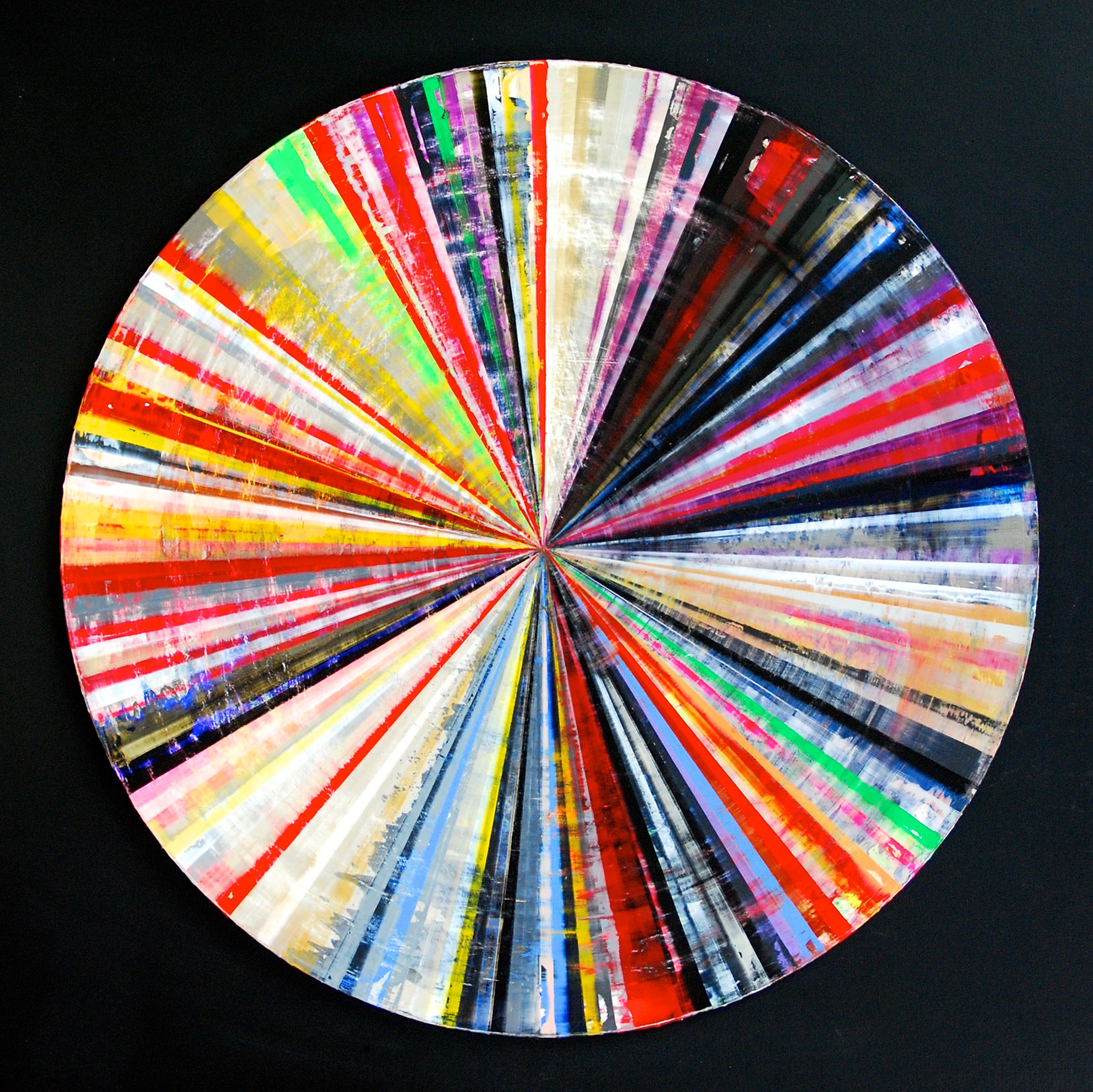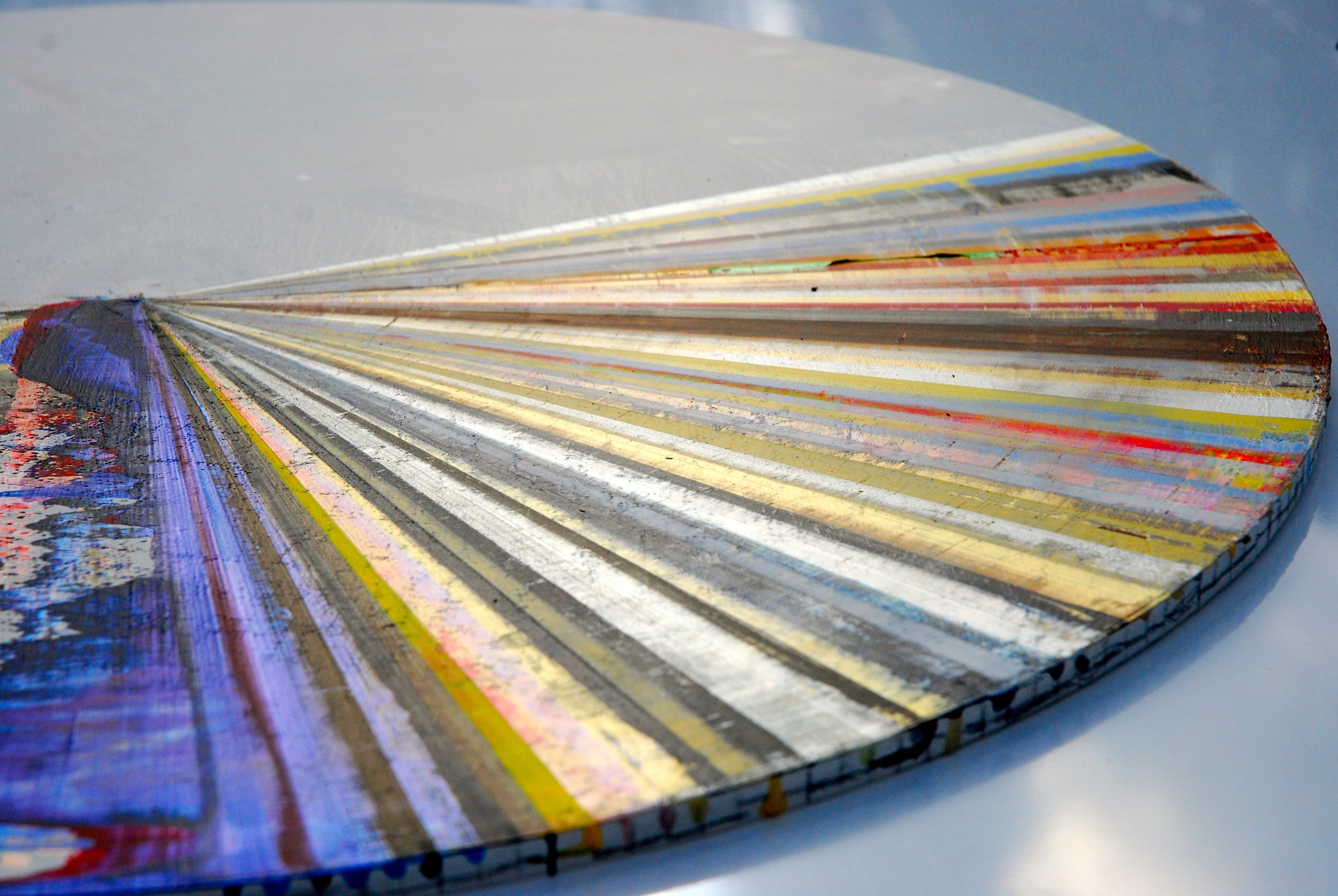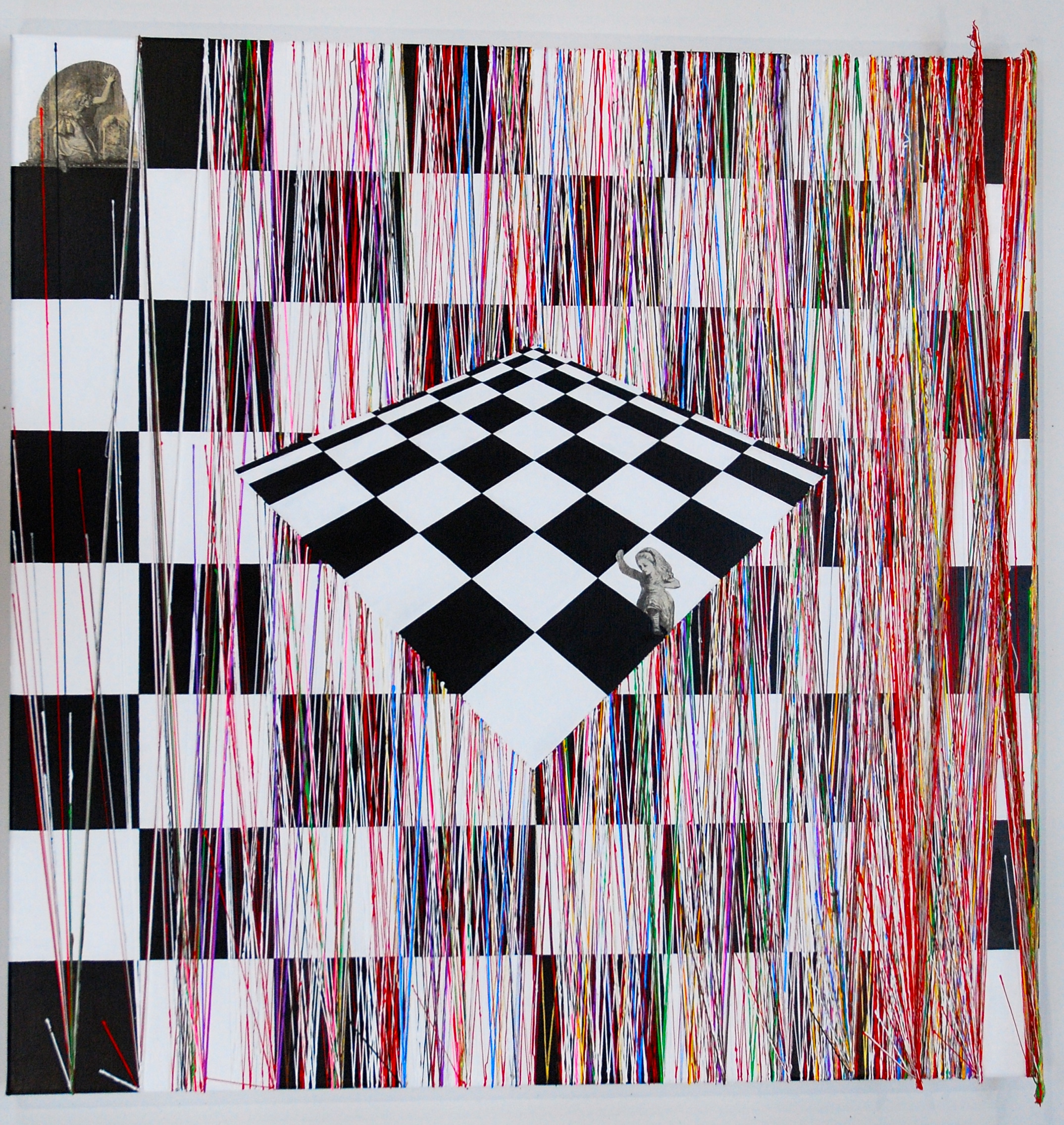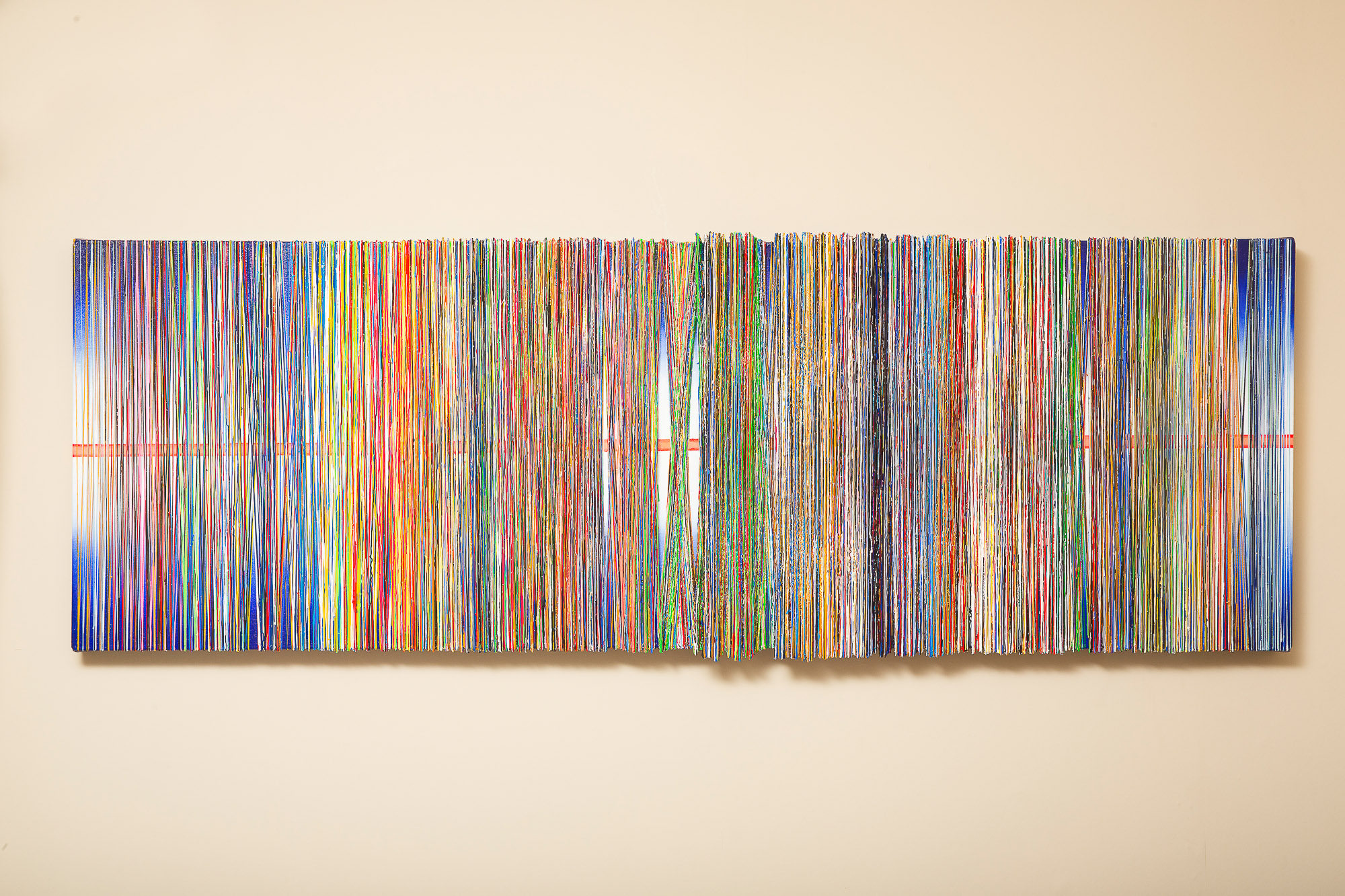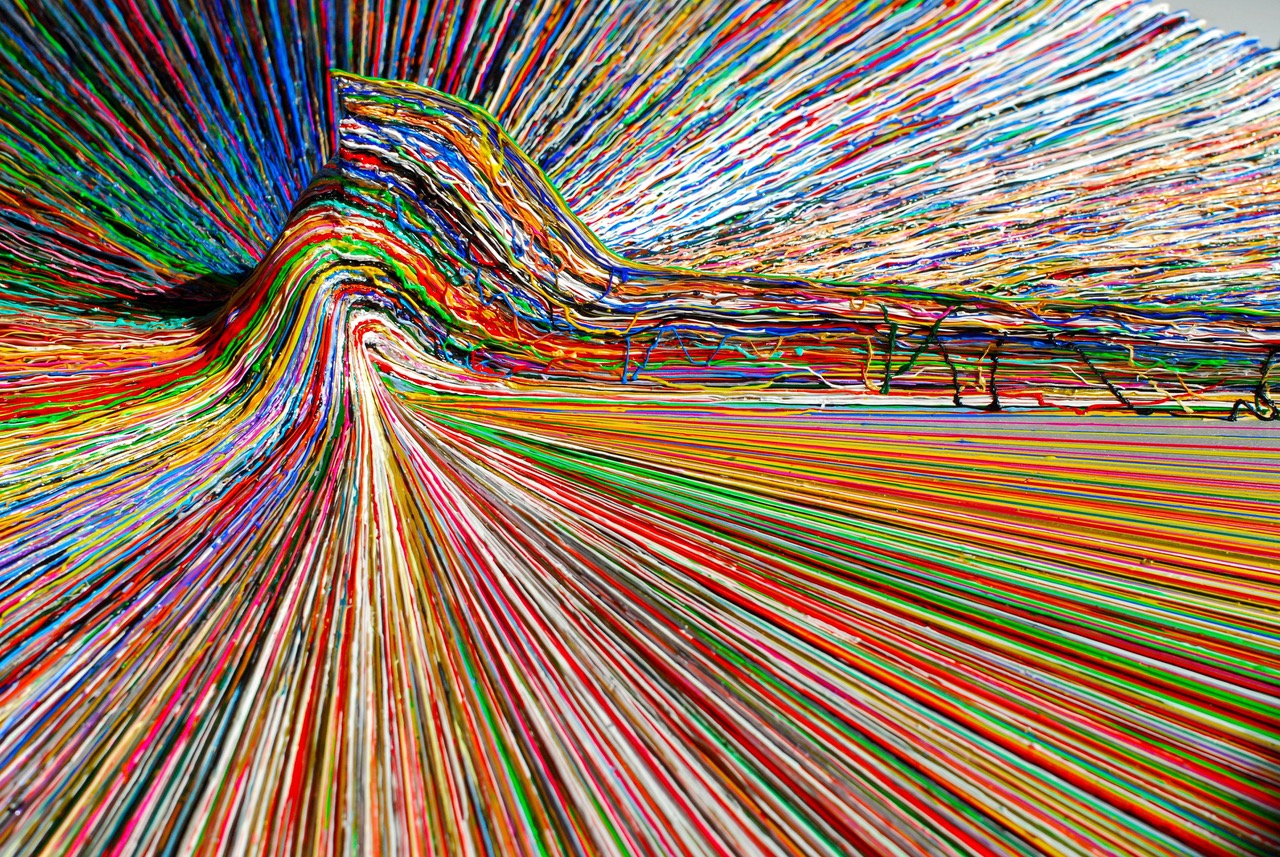Concentrationary
The term 'concentrationary' derives from the French concentrationnaire, used by poets and thinkers in the immediate post war years to describe the 'concentrationary universe'. This is society defined by a matrix of concentration camps - places where the law is suspended and within which 'anything can happen'. The word concentrationary has been given a new currency in recent scholarship where it is recognised that the conditions of the concentrationary universe did not disappear in 1945 or with the death of Stalin but inhabit the structures of everyday life in modern society. The concentrationary haunts our bureaucracies, the workplace, airports, agriculture, political policy and is most evident in the actual concentration camps that are immigration detention centres. There is a problem of forgetting, obviously, but there is a perhaps greater problem of not realising that the concentrationary has never gone away.
Mein Kampf
120x40cm





